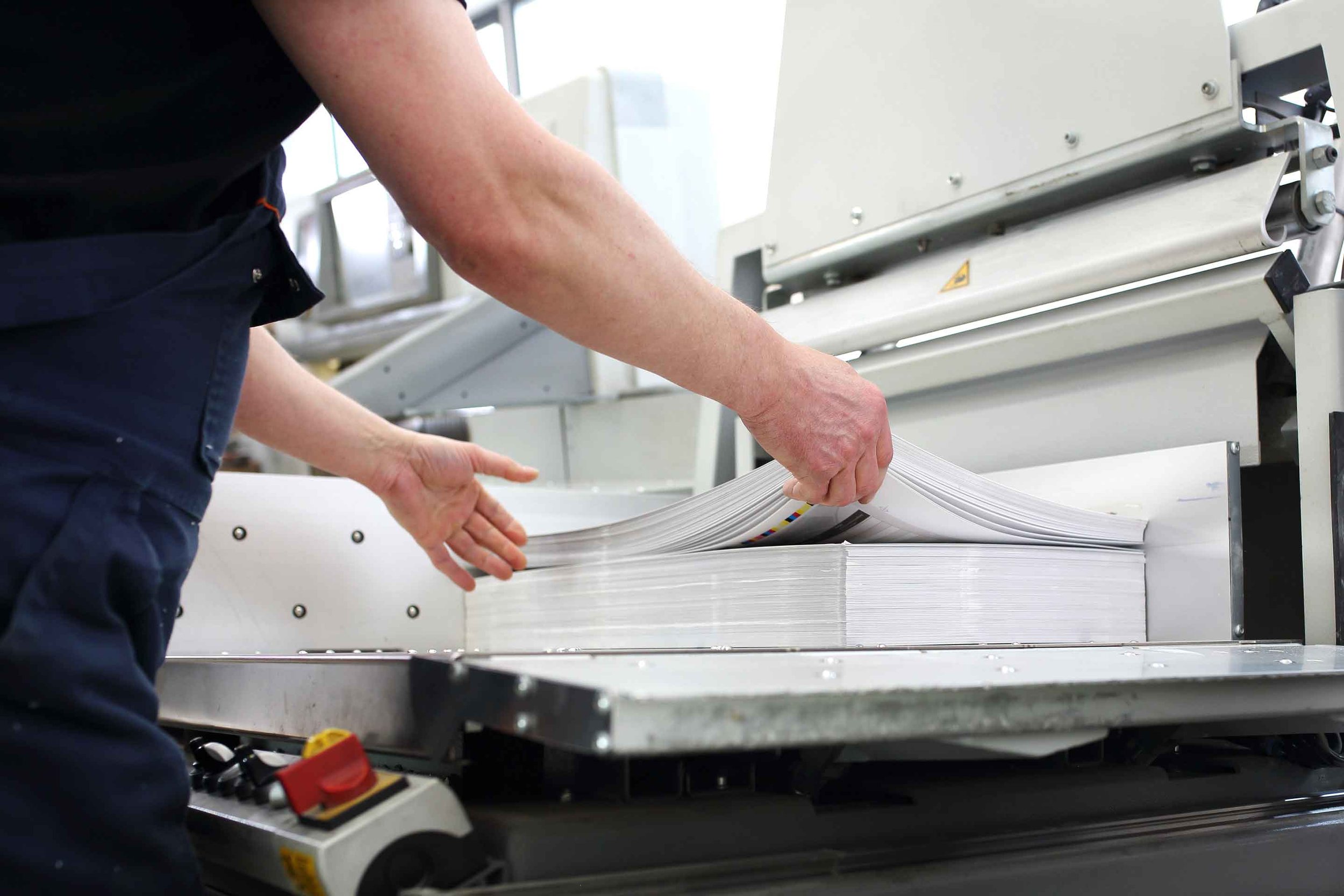
Printing Knowledge:
Understanding Bleed
Don’t cut your book short! Here is a short easy to understand guide of what is bleed and how to apply it to your next book.
In the world of printing, the term "bleed" refers to the area of a printed document that extends beyond the edge of the page. This is a necessary part of the printing process because it ensures that there are no white edges or borders around the edges of the document after it is trimmed to size.
To understand why bleed is necessary, it's important to understand how printing works. When a document is printed, the image is transferred from the printing plate to the paper using a press. The press applies pressure to the plate, which forces the ink onto the paper. However, due to the nature of the printing process, it is impossible to print right up to the edge of the paper. This means that there will always be a small gap between the edge of the printed image and the edge of the paper.
To compensate for this gap, printers will require an image or background color to extend beyond the trim area a minimum of 0.125 inch on all bleed edges. The project is then printed on an oversized sheet that, when cut down to size, the image/background color will appear to be “bleeding” off the edge(s) of the paper. The final product will be a clean, professional-looking edge without any white borders.
In order to properly prepare a document for printing with bleed, it is important to set it up correctly in your design software. Most design programs will have options for setting up bleed, which typically involves extending your artwork beyond the trim area and adding guides to mark the edge of the bleed area. Once the document is set up properly, it can be sent to the printer, which will handle the rest of the printing process.
Overall, the term "bleed" may seem like a small detail, but it is an important part of the printing process. Without it, printed documents would have unsightly white borders around the edges, which can be unprofessional and detract from the overall appearance of the document. By understanding how bleed works and how to set up a document for printing with bleed, you can ensure that your printed documents look their best.




